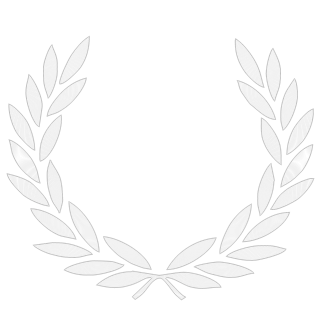| Comment: |
I. Eph. 1611:
- the athlete has 14 victories on his name, of which 13 are in the stadion (no age category mentioned in the inscription, Gouw interprets 'andres'), and one in the pentathlon.
- the inscription is erected when Tiberius Julius Rhegeinos, chief priest for the second time of the temples in Ephesos,
was agonothete ('ἀγωνοθετοῦντος δι’ αἰ/ῶνος Τιβ(ερίου) / Ἰουλ(ίου) Ῥηγείνου, / ἀρχιερέως βʹ ναῶν / τῶν / ἐν Ἐφέσῳ)
- the monument is erected by his trainer Gaius Kosinios: ὑπὸ ἀλείπτην Γ(άϊον) Κοσίνιον
Farrington gives an alternative dating, viz. 135-175 A.D., explained in Farrington (2012), 149 note 494: he suggests the naming of the Didymeia (without the adjective Kommodeia) means this inscription is from before 180 A.D.; he also relates Tiberius Julius Rhegeinos, the aforementioned agonothete and priest, to the eponymous agonothete and priest of I.Eph. 1605, 1604 and 1105, which can respectively be dated with some certainty due to mentions of specific editions of the Megala Ephesia, and based on comparing of Rhegeinos' offices he suggests I.Eph. 1611 might be dated as early as 150 A.D. The athlete might then have been active as early as 135 A.D., based on an average career length of 15 years, thus Farrington. - PK
Commemorative inscription mentions Gaius Cosinius, his trainer (Gouw). In total, 14+ victories: Ephesos, Pergamon (2), Corinth (2), Athens (2), Argos (2), Tralleis, Milete, Kyzikos, Tarsus, Anazarbos
|
